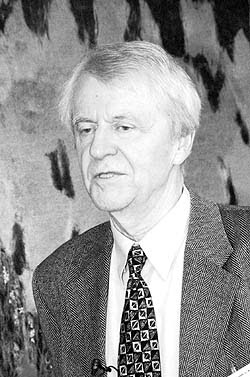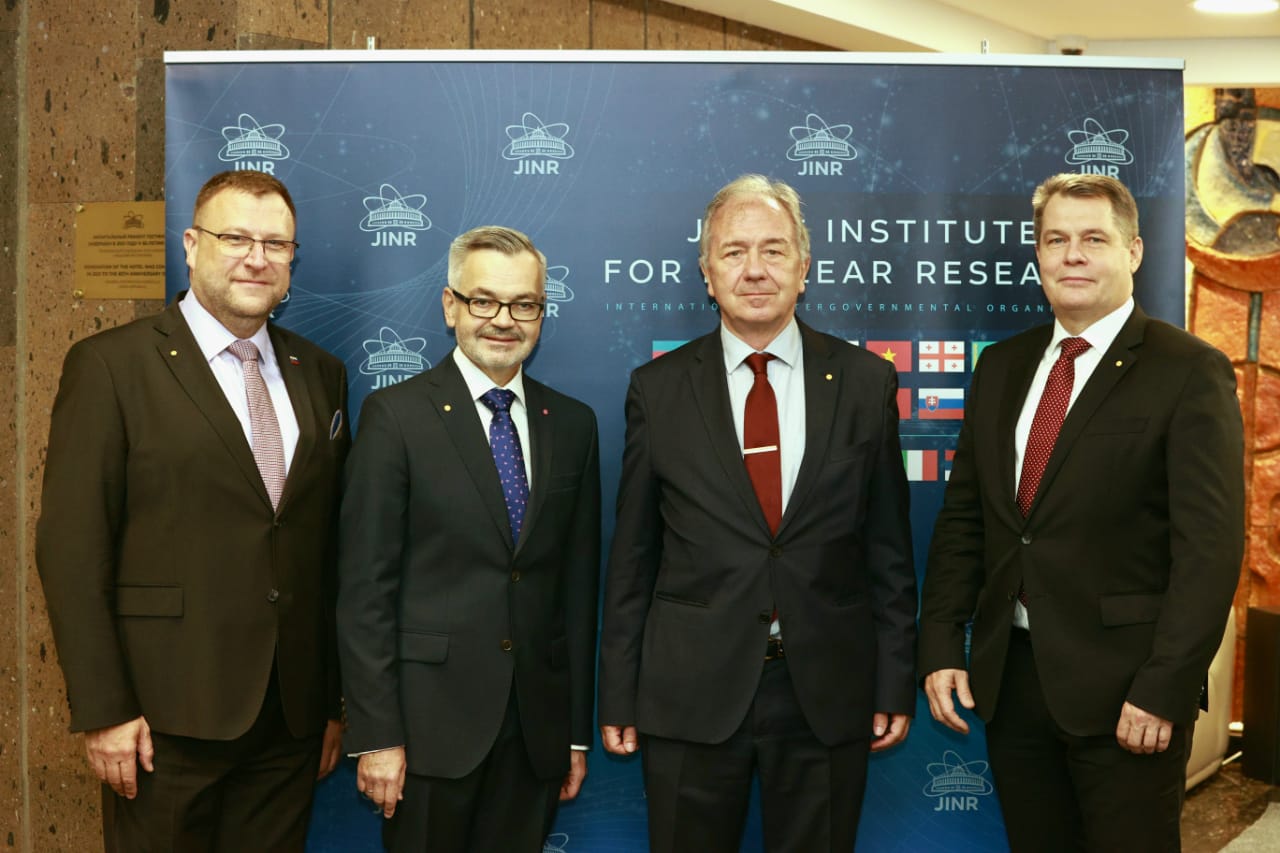Spectroscopy of excited states of unbound nuclei Ar-30 and Cl-29
Author
| Xu X-D. | Beihang University |
| Chudoba Vratislav, Ing. Ph.D. | Faculty of Philosophy and Science SU in Opava , JINR Dubna |
| et al. | different institutions |
Year
2018
Scientific journal
Physical Review C, 97 (3), 034305
Web
Abstract
Several states of proton-unbound isotopes Ar-30 and Cl-29 were investigated by measuring their in-flight decay products, S-28 + proton + proton and S-28 + proton, respectively. A refined analysis of S-28-proton angular correlations indicates that the ground state of Ar-30 is located at 2.45(-0.10)(+0.05) MeV above the two-proton emission threshold. The investigation of the decay mechanism of the Ar-30 ground state demonstrates that it has the transition dynamics. In the "transitional" region, the correlation patterns of the decay products present a surprisingly strong sensitivity to the two-proton decay energy of the Ar-30 ground state and the one-proton decay energy as well as the one-proton decay width of the Cl-29 ground state. The comparison of the experimental S-28-proton angular correlations with those resulting from Monte Carlo simulations of the detector response illustrates that other observed Ar-30 excited states decay by sequential emission of protons via intermediate resonances in Cl-29. Based on the findings, the decay schemes of the observed states in Ar-30 and Cl-29 were constructed. For calibration purposes and for checking the performance of the experimental setup, decays of the previously known states of a two-proton emitter Mg-19 were remeasured. Evidences for one new excited state in Mg-19 and two unknown states in Na-18 were found.
Cite article as:
X. Xu, V. Chudoba, . et al., "Spectroscopy of excited states of unbound nuclei Ar-30 and Cl-29", Physical Review C, 97 (3), 034305 (2018)


 MINISTR ŠKOLSTVÍ KE SPOLUPRÁCI ČR S SÚJV
MINISTR ŠKOLSTVÍ KE SPOLUPRÁCI ČR S SÚJV INTEREST JINR, Wave 6
INTEREST JINR, Wave 6 The passing of Ivo Zvára
The passing of Ivo Zvára Call for the projects solved in collaboration with JINR (Projects 3+3)
Call for the projects solved in collaboration with JINR (Projects 3+3)  Call for the Grants of the Plenipotentiary of the Government of the Czech Republic in JINR
Call for the Grants of the Plenipotentiary of the Government of the Czech Republic in JINR Czech Ambassador in Russia visited JINR
Czech Ambassador in Russia visited JINR INTEREST JINR, Wave 5
INTEREST JINR, Wave 5 Russia Visa Centre
Russia Visa Centre Working Stays CR - JINR 2022
Working Stays CR - JINR 2022